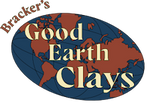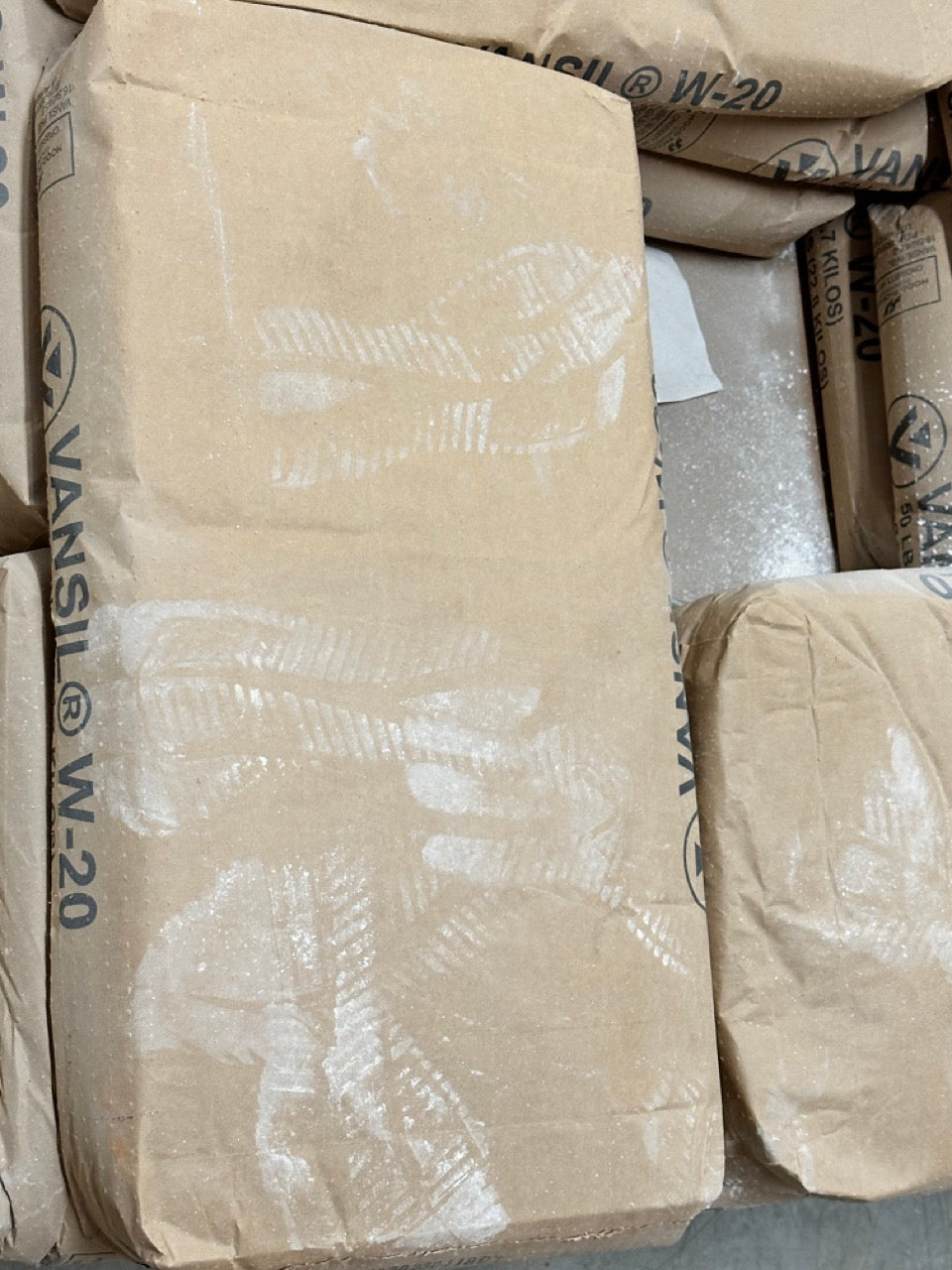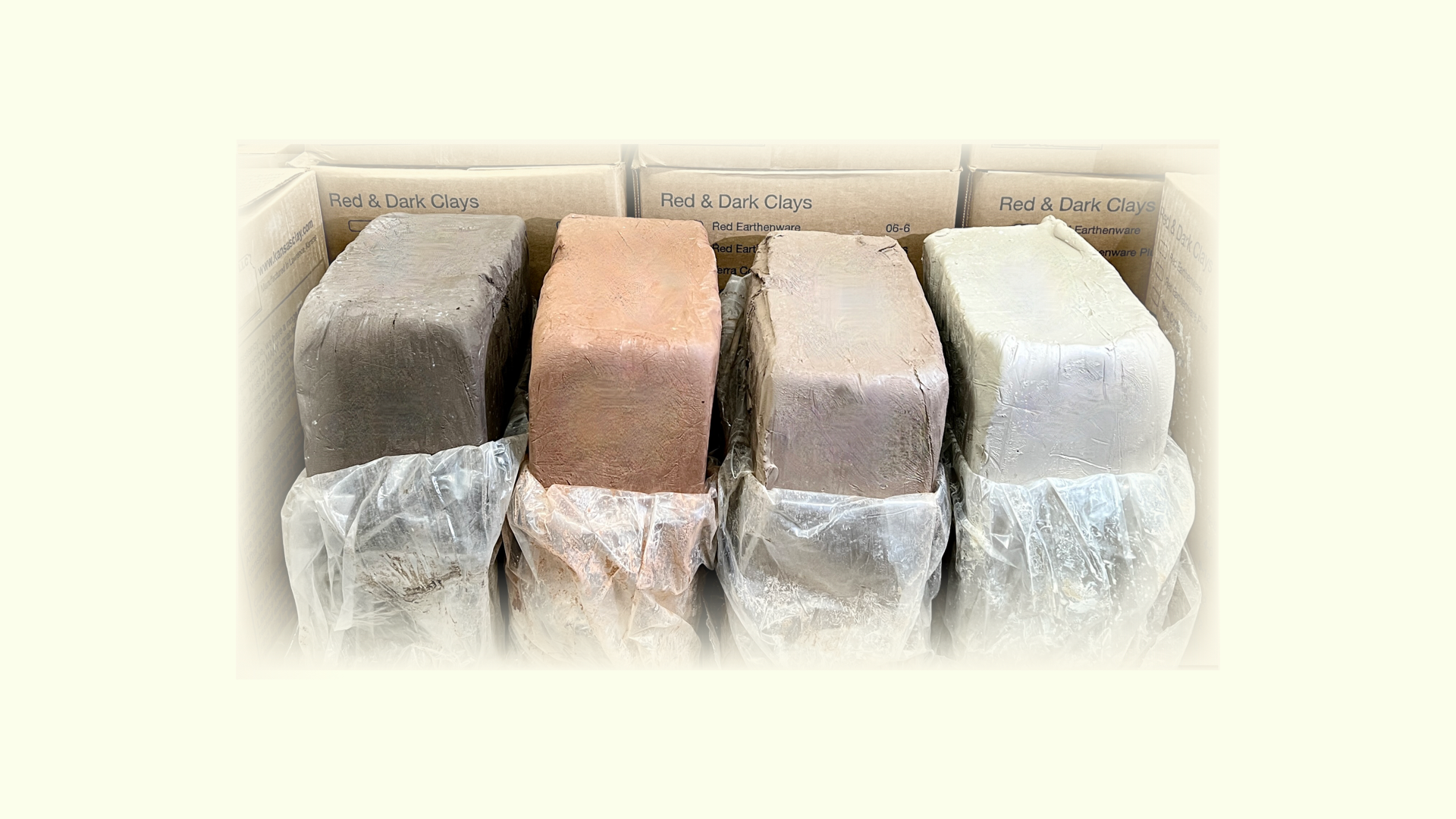Silica 45 (325 Mesh flint) -
Regular price
From $2.50
Sale price
From $2.50
Regular price
Choose your option
SIlica 90 (200mesh flint)
Regular price
From $2.50
Sale price
From $2.50
Regular price
Choose your option
Choose your option
Choose your option
Choose your option
Choose your option
Kyanite (100 mesh)
Regular price
From $2.50
Sale price
From $2.50
Regular price
$51.00
Choose your option
Choose your option
Choose your option
Choose your option
Barnard/Blackbird Slip (SUBSTITUTE)
Regular price
From $6.00
Sale price
From $6.00
Regular price
Choose your option
Choose your option
Di-Calcium Bone Ash (typically for raku)
Regular price
$6.00
Sale price
$6.00
Regular price
Choose your option
Manganese Dioxide (powder)
Regular price
From $4.00
Sale price
From $4.00
Regular price
Choose your option
Choose your option
Choose your option
Granular Manganese (60-80 mesh)
Regular price
From $4.00
Sale price
From $4.00
Regular price
Choose your option
Choose your option
Choose your option
Choose your option
Plaster - USG #1 Pottery FULL BAG.
Regular price
$24.00
Sale price
$24.00
Regular price

































































































































